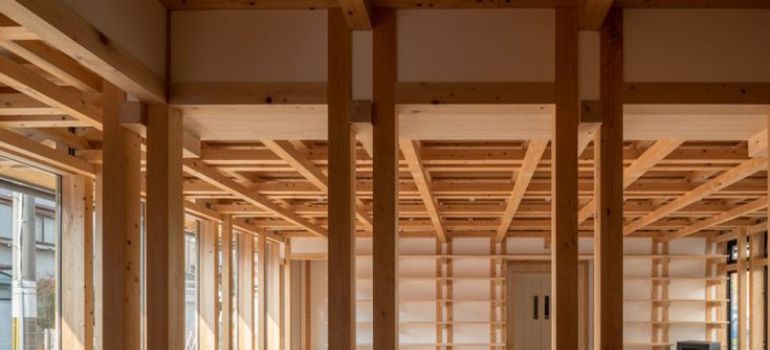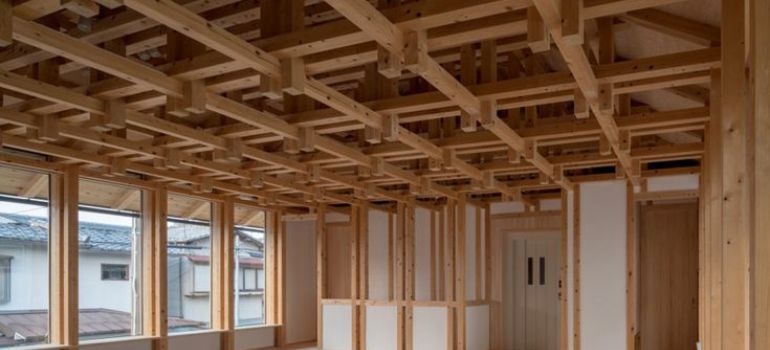In the world of DIY projects and home improvements, understanding the weight-bearing capacity of different materials is crucial. When it comes to wooden boards like a 2×3, many people wonder just how much weight they can support horizontally. In this article, we will delve into the factors affecting the load-bearing capacity of a 2×3, how to calculate it, and practical applications to help you make informed decisions for your projects.
Understanding the Basics: What is a 2×3?
Before we dive into the weight-bearing capabilities of a 2×3, it’s essential to understand what it is. A 2×3 is a common lumber size used in construction and woodworking. It measures approximately 1.5 inches in thickness and 2.5 inches in width. These boards are typically made of softwood, such as pine or fir, and are readily available at most hardware stores.
Factors Affecting Load Capacity
Understanding the load capacity of a 2×3 board is essential for any construction or woodworking project. Several factors come into play when determining how much weight a 2×3 can support horizontally:
1. Wood Species:
The type of wood used for the 2×3 board is a critical factor. Different wood species have varying densities and strengths. Hardwood species like oak or maple are generally denser and stronger than softwoods like pine or fir. Choosing the right wood species for your project can significantly impact load capacity.
2. Moisture Content:
The moisture content of the wood is another important consideration. Wet or freshly cut wood is weaker than properly dried wood. Wood that has not been adequately seasoned may be more prone to warping and bending under heavy loads. It’s crucial to use wood with an appropriate moisture content for your project.
3. Span Length:
The distance between the supports, known as the span length, has a direct impact on load capacity. A longer span requires a thicker or sturdier 2×3 board to support the same weight without sagging or breaking. It’s essential to calculate the span length accurately and choose the appropriate board size accordingly.
4. Load Distribution:
How the weight is distributed across the 2×3 board also plays a significant role. Evenly distributed weight is less likely to cause structural problems than concentrated or uneven loads. Properly distributing the load can help maximize the board’s load-bearing capacity.
5. Board Quality:
The quality of the 2×3 board itself is crucial. Look for boards with minimal knots, cracks, or defects, as these can weaken the wood and reduce its load capacity. Inspect the board for any imperfections before using it in your project.
6. Temperature and Environmental Conditions:
Extreme temperatures and environmental conditions can affect the strength of the wood over time. Wood expands and contracts with changes in humidity and temperature, which can impact its load-bearing capabilities. Consider the environment in which your project will be located and choose wood accordingly.
7. Safety Factor:
In engineering and construction, a safety factor is used to ensure that the load capacity is not pushed to its absolute limit. This factor accounts for unexpected loads, variations in material quality, and other uncertainties. It’s essential to incorporate an appropriate safety factor into your load capacity calculations for safety and structural integrity.
8. Proper Installation and Support:
Even with a 2×3 board that has a substantial load capacity, proper installation and support are critical. Using the right fasteners, brackets, and support structures ensures that the board can function at its maximum load-bearing capacity without compromising safety.
Calculating Load Capacity

To determine how much weight a 2×3 can support horizontally, you can use a load capacity calculator or follow this simplified formula:
Load Capacity (in pounds) = (Wood’s Allowable Load Stress (in psi) × Board’s Cross-Sectional Area (in square inches)) / Safety Factor
Keep in mind that the allowable load stress varies based on wood species and moisture content. The safety factor ensures that you don’t push the board to its absolute limit and helps maintain structural integrity.
Practical Applications
2×3 boards are versatile and widely used in various construction and woodworking projects. Their relatively small size and strength make them suitable for a range of practical applications:
1. Shelving Units:
2x3s are commonly used to create sturdy and functional shelving units. When properly designed and installed, these shelves can hold books, storage containers, home decor, and more. The strength of 2x3s ensures that your shelves remain durable and stable over time.
2. Workbenches:
For DIY enthusiasts and woodworkers, 2x3s make excellent choices for constructing workbenches. They provide the necessary stability and support for various projects, such as woodworking, crafting, or home repairs. A well-built 2×3 workbench can withstand the rigors of heavy use.
3. Home Renovations:
During home renovations, 2x3s are frequently employed to frame walls and provide structural support. Whether you’re creating new partitions, reinforcing existing structures, or adding door frames, 2x3s play a crucial role in maintaining the stability and integrity of your home.
4. Garden Beds:
In outdoor settings, 2x3s can be used to build raised garden beds. These beds offer a practical and attractive solution for growing plants and vegetables. The natural resistance of some wood species to decay makes 2x3s a suitable choice for garden bed construction.
5. Furniture:
2x3s can be creatively used to construct various furniture pieces. From coffee tables to benches and outdoor seating, these boards provide a solid foundation for DIY furniture projects. With the right design and finishing touches, you can create custom furniture that matches your style and needs.
6. Storage Solutions:
2x3s are instrumental in organizing and maximizing storage space. They can be used to build custom closets, shoe racks, or wall-mounted storage systems. These solutions help you declutter your living spaces while maintaining a clean and organized environment.
7. Outdoor Structures:
For outdoor projects like pergolas, arbors, and trellises, 2x3s can serve as essential building blocks. They offer the necessary strength and durability to withstand exposure to the elements while adding aesthetic appeal to your outdoor spaces.
8. Pet Enclosures:
2x3s are also used in the construction of pet enclosures, such as dog houses, chicken coops, and rabbit hutches. Their strength and availability make them a practical choice for creating safe and comfortable living spaces for animals.
9. DIY Decor:
Creative individuals often incorporate 2x3s into DIY decor projects. From rustic signs and picture frames to wall-mounted coat racks, these boards provide a sturdy canvas for adding a personal touch to your living spaces.
10. Repairs and Maintenance:
2x3s can be invaluable for quick repairs and maintenance around the house. Whether you need to fix a broken fence, reinforce a sagging shelf, or patch up a damaged wall, having 2x3s on hand can save time and money.
In summary, 2×3 boards are versatile building materials with a wide range of practical applications. Their strength, ease of availability, and affordability make them a favorite among DIY enthusiasts, homeowners, and professionals alike. When used creatively and strategically, 2x3s can enhance the functionality and aesthetics of various projects while ensuring durability and structural integrity.
Additional Tips for Using 2x3s Effectively
While understanding the load capacity of 2x3s is crucial, there are some additional tips that can help you use them effectively in your projects:
1. Properly Space Supports
When building structures like shelves or workbenches, ensure that the supports or legs for your 2x3s are evenly spaced to distribute the load evenly. This prevents sagging and maintains stability.
2. Use Appropriate Hardware
Choosing the right screws, nails, or brackets is essential when securing 2x3s. High-quality hardware ensures that your project remains stable and safe over time.
3. Consider Bracing
For longer spans or heavy loads, consider adding diagonal bracing to your 2×3 structures. Bracing can significantly increase the overall stability and weight-bearing capacity.
4. Regular Maintenance
If your 2x3s are exposed to the elements, such as in outdoor projects, perform regular maintenance to extend their lifespan. This may include sealing, staining, or applying protective coatings.
5. Seek Professional Advice
For larger or more complex projects, it’s wise to consult with a structural engineer or contractor. They can provide expert guidance and ensure that your design meets safety standards.
Conclusion
In conclusion, a 2×3 can support a considerable amount of weight horizontally, but its capacity depends on various factors. Understanding the type of wood, moisture content, span length, and load distribution is essential for safe and effective use. Always calculate the load capacity before embarking on any project to ensure the structural integrity of your design.
FAQs
Yes, hardwoods generally have higher load-bearing capacities than softwoods, so using hardwood 2x3s can increase their weight-bearing capabilities.
The maximum span length depends on factors like wood species, moisture content, and intended use. It’s best to consult load span tables or a structural engineer for specific projects.
Yes, always follow safety guidelines, including proper anchoring and bracing, to ensure the stability and safety of your structures.
While 2x3s can be used for outdoor projects, it’s essential to choose treated or rot-resistant wood and follow proper construction techniques to ensure longevity and stability.
You can purchase 2x3s at your local hardware store or lumberyard. Ensure they are of good quality and suitable for your intended use.



